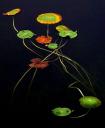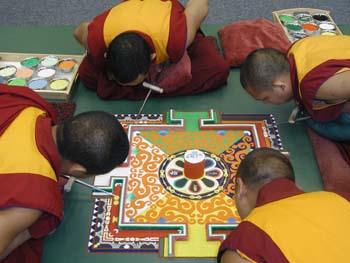You might feel that this work is worthy of some support, we do;
Free Schools India is a small organisation made up of people dedicated to sustainable development, and to the ideal that all children should receive a free, quality, education. We are a collection of people from several fields who have come together to start a school for the children of the rural poor in several villages. From this idea our vision for this project has grown into something bigger, and we have already moved into the provision of health care also. Our plans do not stop here though. We would one day like to be able to provide full medical insurance for the families of our children and the wider community, and maybe one day start some micro industry.
The Inspiration
While working for an anti-child labour non-governmental organisation (NGO) in Delhi , Joanna Härmä and Gaurav Siddhu had the opportunity to speak with children in the city and in villages about their experiences with school. They found in one village that several girls could have attended school, if only it had been completely free of cost. Their families were not at all reliant on the income these children received from stitching footballs all day, but the costs associated with schooling were prohibitive for them, and yet they amounted to only US$15 per annum.
Go HERE to read more about Free Schools India
Go HERE to read BBC report on Free Schools India
—–0—–
All postings to this site relate to the central model in the PhD. Summaries are HERE





